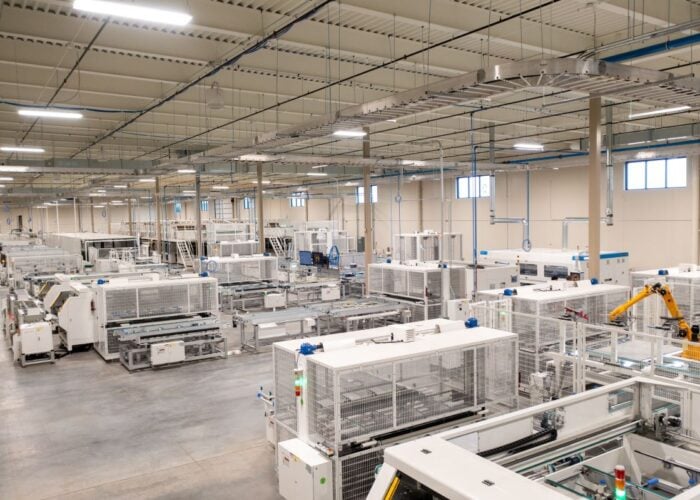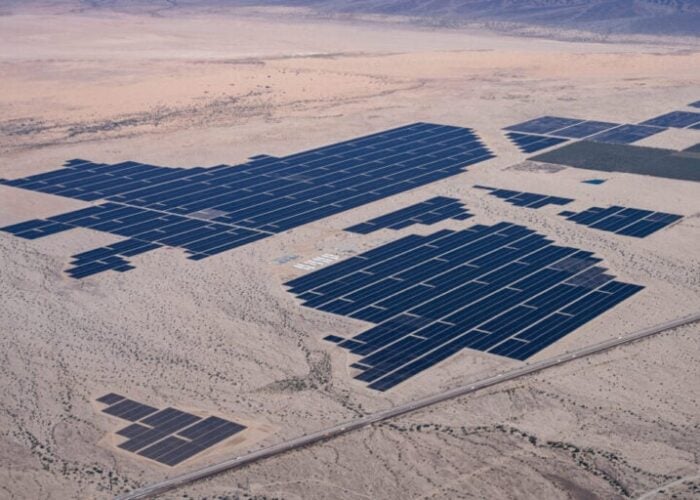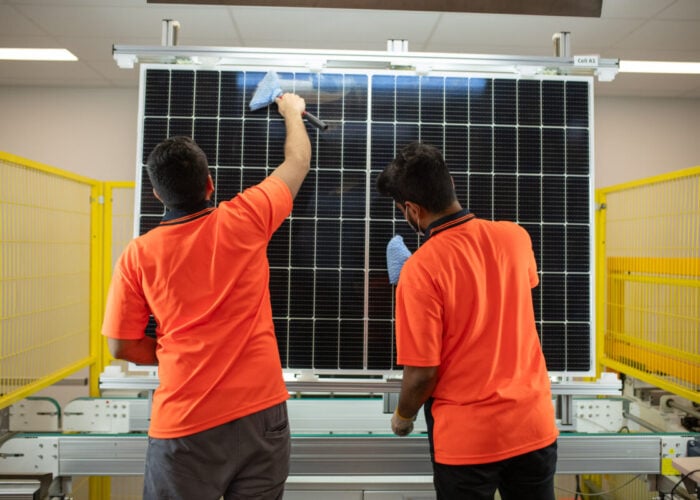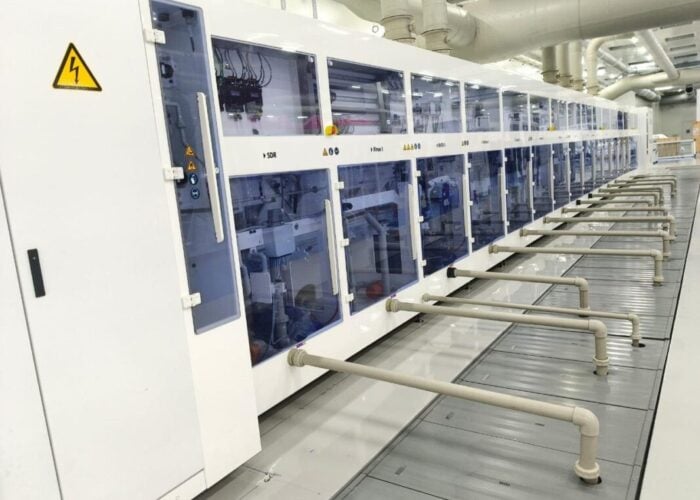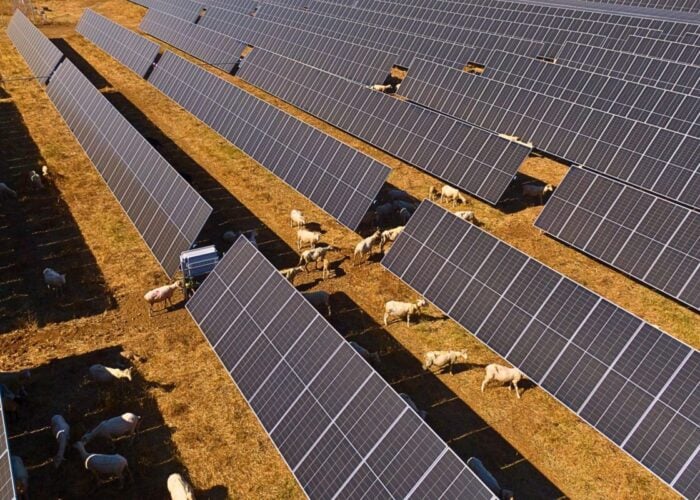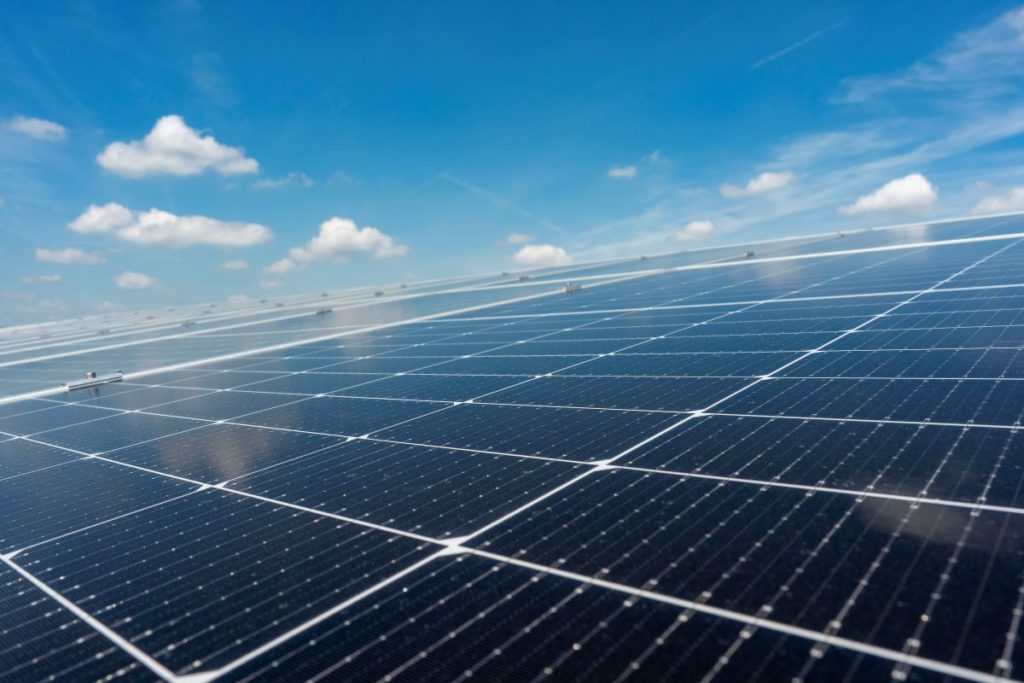
The world could install up to 655GWdc of solar PV capacity this year, up from about 444GWdc in 2023, according to BloombergNEF’s (BNEF) 1Q 2024 Global PV Market Outlook.
The report offered multiple scenario about the installed global solar PV capacity, with the conservative and optimistic forecasts being 520GWdc and 655GWdc respectively. In the mid-scenario forecast for global PV installations, the world will install 574GWdc.
Unlock unlimited access for 12 whole months of distinctive global analysis
Photovoltaics International is now included.
- Regular insight and analysis of the industry’s biggest developments
- In-depth interviews with the industry’s leading figures
- Unlimited digital access to the PV Tech Power journal catalogue
- Unlimited digital access to the Photovoltaics International journal catalogue
- Access to more than 1,000 technical papers
- Discounts on Solar Media’s portfolio of events, in-person and virtual
Installed capacity around the world
China will continue to dominate the installed capacity in 2024 (313.7GWdc), accounting for 54.7% of global solar PV capacity additions this year. China will be followed by the US (40.6GWdc), India (18.1GWdc), Brazil (17GWdc) and Germany (16.5GWdc).
Three European countries will ramp up their installed solar PV additions this year, including Spain (7.54GWdc), the Netherlands (5.52GWdc) and Italy (5.25GWdc). The remaining countries in the top ten list of installed solar PV additions are Japan (5.47GWdc) and South Africa (4.29GWdc).
The study also examined European countries‘ cumulative solar PV capacity by 2030. Germany will lead in the continent with 215GW, while Italy and Spain will be ranked second (79.6GW) and third (79.3GW). France (47.6GW), Poland (46.3GW) and the Netherlands (45.7GW) will also be the other countries with significant installed solar PV capacity by 2030.
The global solar PV industry had impressive growth in 2023, increasing the installed capacity from 252GWdc in 2022, representing a 76.2% year-on-year growth. China added 268GWdc or 216.9ac last year, 60.4% of the global installed capacity. The US added 35.2GWdc last year, followed by Brazil (16.9GWdc), Germany (14.1GWdc) and India (13.6GWdc).
Polysilicon prices fall 74%
The study also examined polysilicon price, as the average price of polysilicon fell by 74% over 2023 to as low as US$8.1 per kilogram in the last week of 2023.
In China, several suppliers shut down solar-grade polysilicon production or announced the exit from the sector, including China Silicon, which had an effective production capacity of around 3,000 tonnes. Other businesses that will halt, or have halted, production include Risen Energy (12,000 tonnes per year), CSG Holding (9,000 tonnes per year), REC Solar Norway (5,000 tonnes per year) and Huanghe Hydropower (3,000 tonnes per year),
BloombergNEF expected that around 2,437,500 metric tonnes of polysilicon will be produced in 2024 based on current production plans of active players, with the five biggest players in the industry responsible for 66% of the production.
Chinese producers will sell their polysilicon at US$6-7 per kilogram this year, while non-Chinese companies will sell at around US$22 per kilogram in early 2024. The report states that the premium for non-Chinese polysilicon is “due to easier entry to the US market which requires products to prove that their supply chain is not in Xinjiang“.
Chinese cell and module exports grow
Last year, China’s estimated cell and module exports increased to 255GW, up from 181GW in 2022. The volume exceeded global solar PV installations excluding mainland China and the US, which stood at about 141GW in the rest of the world.
BNEF said there was well over 100GW awaiting installation in the global supply chain, or enough for over six months of construction. The majority of the inventory will likely be located in Europe.
Lastly, BNEF predicted that the Red Sea disruption is unlikely to have a material impact on solar module supply in Europe. Although freight rates have tripled on some Asia-Europe routes since December 2023 after disruptions to the Red Sea route, the current module inventory in Europe and an oversupply in the shipping industry will have little impact on the EU solar industry.

